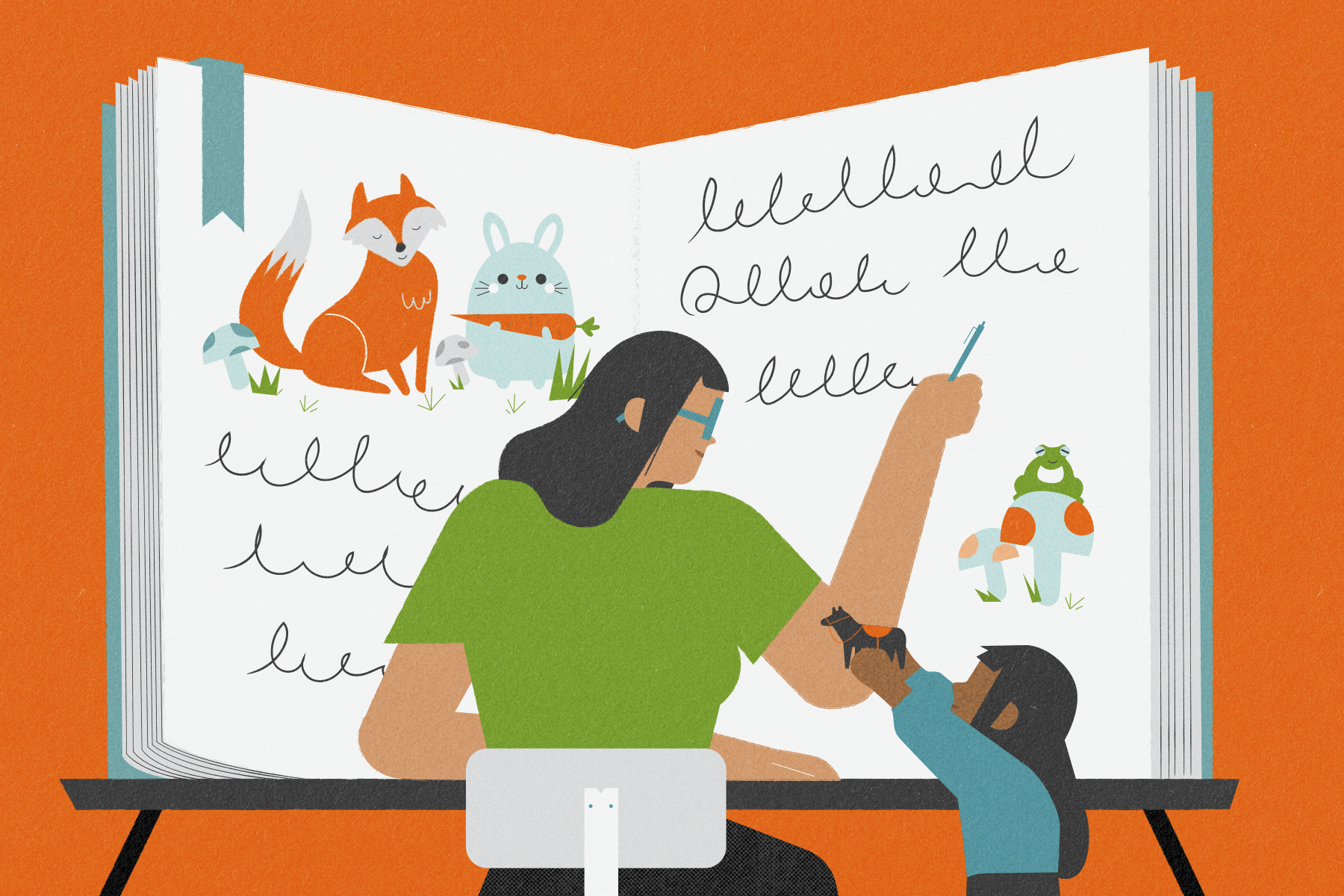
- Home |
- Search Results |
- How to write a children’s picture book
Picture books can appear deceivingly simple to create. But in reality, are some of the trickiest books to write. With the word count being so low, every passage and illustration needs to be absolutely perfect so a child will want to read it over, and over again.
Kickstart your children's picture book writing with advice and insight from our teams at Ladybird and Puffin.
How long is a picture book?
Story-based or fiction picture books are usually 32 pages long and vary between 500 to 1000 words. They are designed for pre-schoolers and children in the first few years of primary school, and are usually intended to be read aloud as a shared experience between an adult and child. Becky Brown, editor at Ladybird explains, "At the younger end of this range, children will love to follow pictures as someone reads to them, joining in with any repeated phrases and spotting things on the page that relate to the story.
'Children love to share stories with other people'
"Once a child begins to read for themselves, these books are a great way to build confidence and language development. At any age though, children love to share stories with other people, so will enjoy revisiting their favourite books and having them read to them."
Non-fiction picture books tend to be longer in both page and word count because they are usually designed for older children who are reading for themselves. It’s not unusual for non-fiction picture books to go up to 96 pages due to their more complex subject matter, and because they are enjoyed by children of all ages through primary school.
Do I need to be an author and illustrator?
A common misconception about picture books is that it’s necessary to be both an author and illustrator – you don’t need to be both, and you also don’t need to worry about finding an illustrator before approaching a publisher.
'The text and the pictures will add something to the other to create something truly magical'
Sometimes authors will add a few illustration notes to the manuscript if they feel it will help position the story, but your publisher will work with you to find the best partner for your words. Ygrain Cadlock, editorial director at Puffin says, "In a good picture book, the text and the pictures will add something to the other to create something truly magical. Picture book writers don’t need to show everything in the story, but should also not rely on the illustrations to do all of the storytelling work."
Want to read more about the author illustrator relationship?
How long does it take a picture book to be ready?
Just because picture books are short, doesn't mean they will be published quickly. It's not unusual for the entire process to take anywhere between 18 and 24 months, given all the intricacies of perfecting the text and illustration.
And of course, the biggest misconception of them all – just because picture books are short and full of pictures, doesn’t mean writing one is an easy thing to do. Both Becky and Ygraine agree that children are often the harshest critics, and it takes a really good story to capture their attention. "Picture books are actually tricker to write because of the short length," says Becky. "It’s a real skill, as each word has to count and the stories require visual imagination."
What should I remember when writing my picture book?
'Good picture books come in all shapes and sizes – they can be heart-warming and moving, funny and silly, or all of these things at once!'
Becky and Ygraine emphasise that strong characters are integral to a successful picture book. According to Becky, "There are exceptions to the rules, but most good picture books have a central character (or characters), with lots of personality, a compelling story and there’s often a problem to overcome or solve.
"Good picture books come in all shapes and sizes – they can be heart-warming and moving, funny and silly, or all of these things at once! Lastly, endings are really important. A good picture book is wrapped up with a satisfying resolution or a twist. Read lots of other picture books for your research and don’t be afraid to be silly!"
'They need to be something you want to read time and time again'
Similarly, Ygraine looks for standout characters and a strong story. "The best characteristic of a good picture book is the story or characters – the same as you would think for any adult story.
"Remember that just because picture books are shorter in length, doesn’t mean that a reader doesn’t want the same story arc as you see in any book, tv show or film – a beginning, middle and end are always important! They also need to be something you want to read time and time again, without boring the reader, or the child being read to."
Illustration: Mike Ellis for Penguin